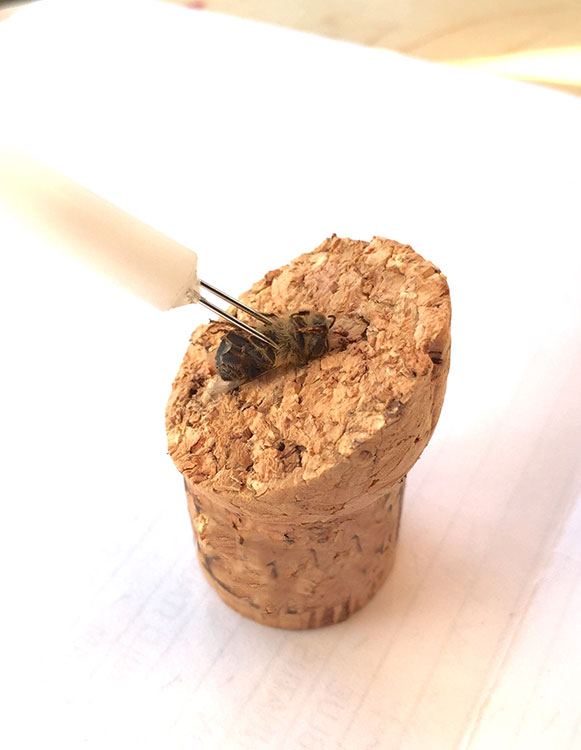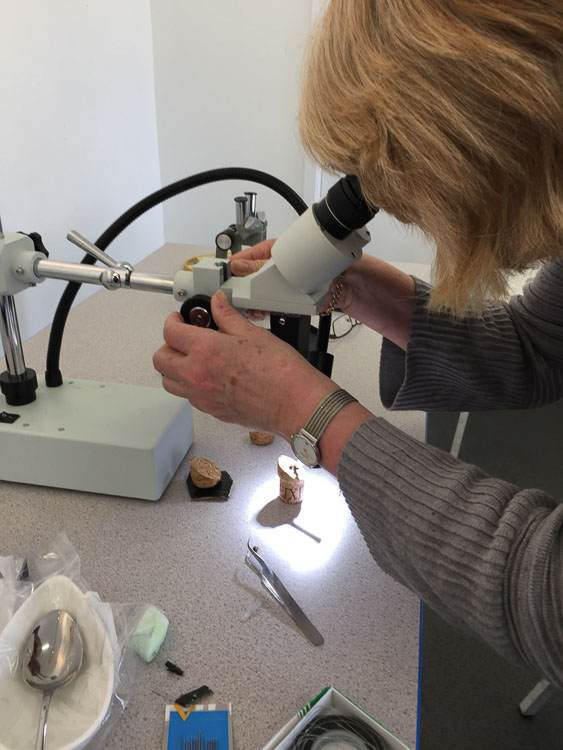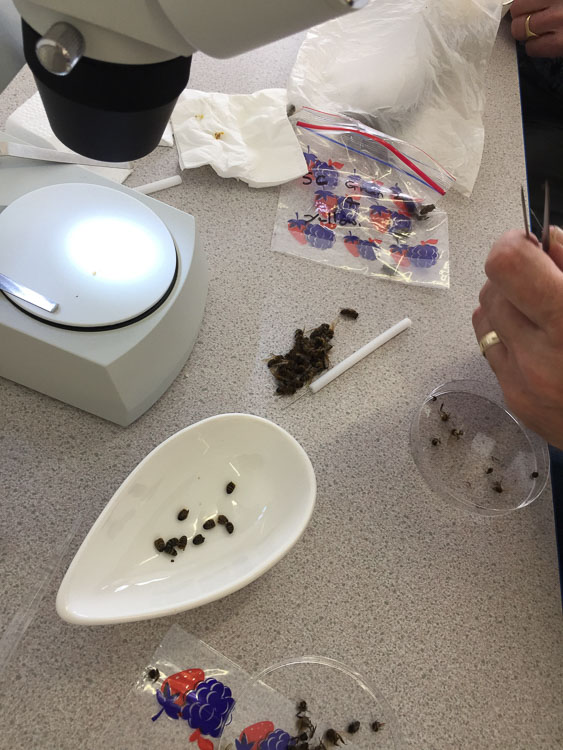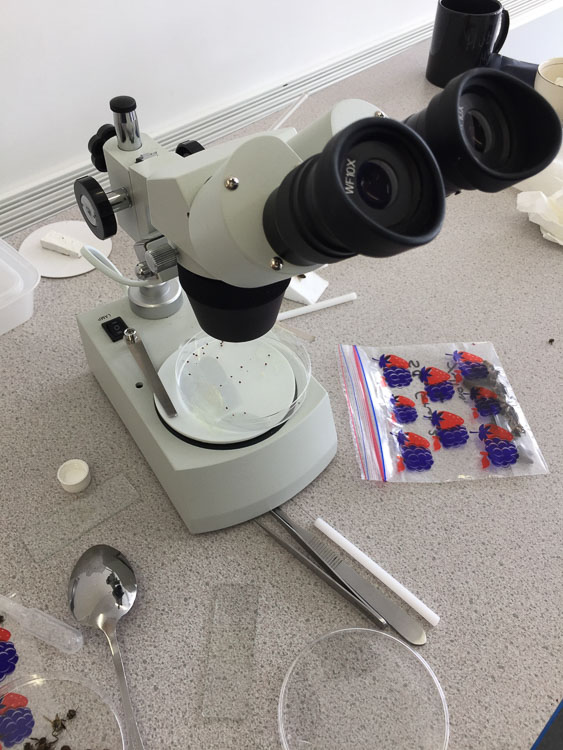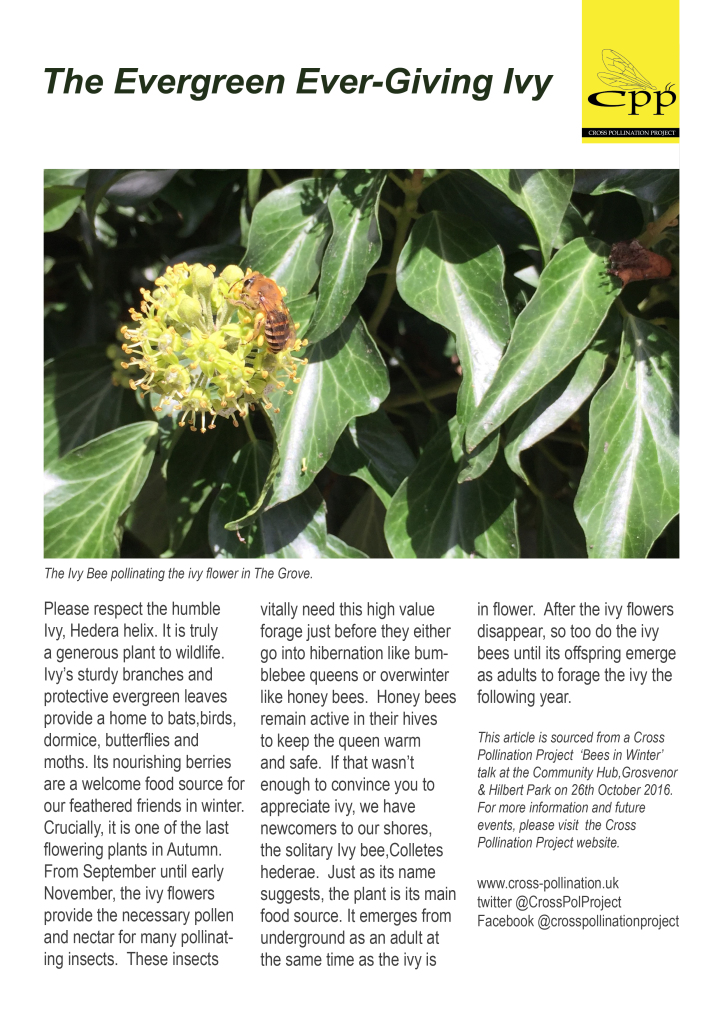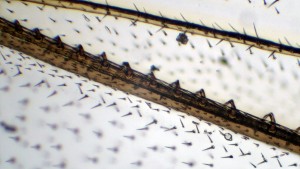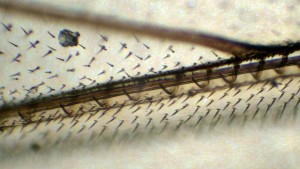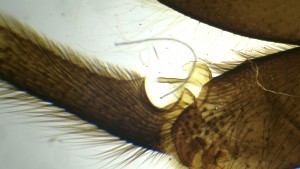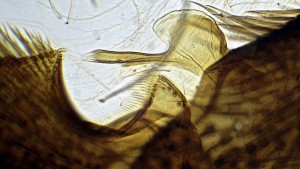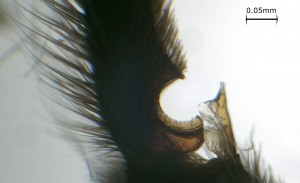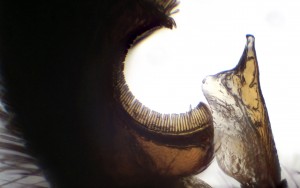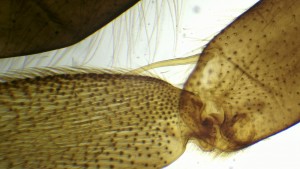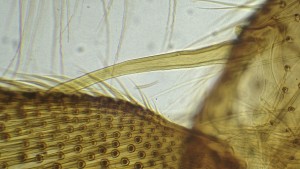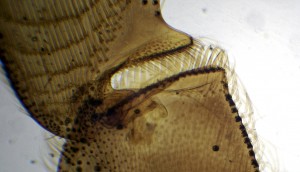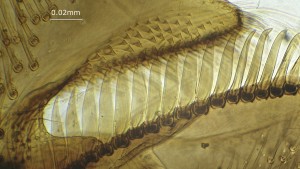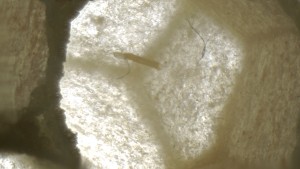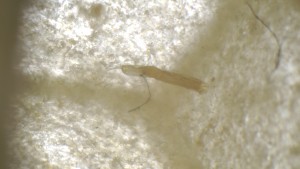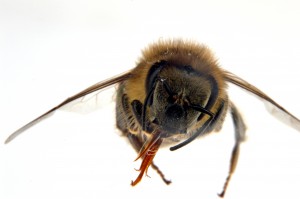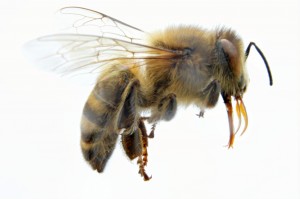Bee Microscopy Health Check Results
Members of the Sevenoaks & Tunbridge Wells Beekeepers met at the Grosvenor & Hilbert Road Hub venue for the Bee Health Check. We started with hot drinks and cake. Then John Hendrie, Master Beekeeper and former BBKA president delivered an in-depth talk about the Honey Bee Diseases- Acarine, a parasitic mite living in the breathing tubes of the bee and Nosema, single cell parasites that live in the gut of the honey bee. None of the beekeepers in the group had assessed their bees before using microscopes so everyone was quite keen to learn. John showed visual examples on how to make a nosema slide and how to stabilise a bee on a cork mount with an acarine needle.
Ellen Montelius demonstrated how to set up a compound microscope and identified parts of the microscope. She then gave a practical demonstration on how to prepare the bee dissection for both the acarine and nosema assessment. For the acarine assessment, we used a dissection microscope the beekeepers fixed the bee on the cork and using forceps carefully removed the head and front legs. Then carefully removed the ‘collar’ to expose the trachea. Tiny acarine mites can live inside a bee’s trachea and ultimately weaken and kill the bee. All the bees inspected had a healthy trachea.
The beekeepers then assessed their bees for Nosema, a spore that germinates and feeds in the gut of the honey bee. Nosema can weaken and destroy the colony. To assess the bees for Nosema, the beekeepers extracted the gut of the bee from its abdomen, and placed it on a slide. Looking through a compound microscope at 400 times magnification, we looked for small rice shaped nosema spores. Only one bee sample showed a small amount of Nosema specimens.
While we examined the gut, we also saw many pollen grains. One of the beekeepers brought in varroa mites and hazel pollen. The varroa mites did look gruesome and menacing and the hazel pollen looked like little jewels.
During the afternoon session, we had a handful of curious visitors. The visitors had an opportunity to look through the microscopes and look at the Nosema slide samples and the acarine dissection. It was a very good day and everyone is now keen to learn more about microscopy, assessing bee diseases and caring for bees.
